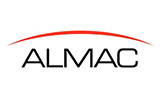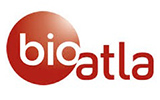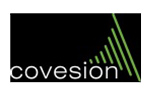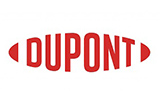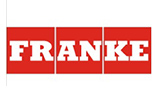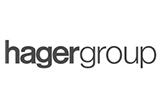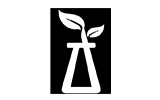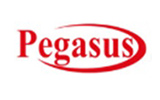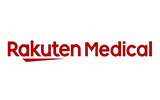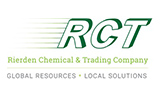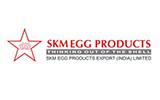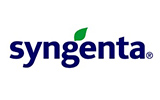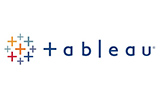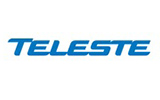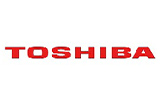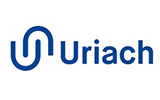

Market Overview
The Indonesia consumer appliances market is poised for steady growth from 2025 to 2033, driven by economic development, rising disposable incomes, urbanization, and changing consumer preferences. Valued at approximately USD 4.5 billion in 2024, the market is projected to grow at a CAGR of 5.87%, reaching around USD 8.1 billion by 2033. This growth is primarily driven by increasing demand for major appliances (such as refrigerators, washing machines, and air conditioners), as well as the increasing popularity of small appliances and smart home technologies. As urban areas like Jakarta, Surabaya, and Bandung expand, the demand for modern, energy-efficient appliances is also growing rapidly.
In addition to the rising purchasing power of the middle class, the market is benefiting from the increasing number of young professionals seeking convenience and innovative products. Moreover, the rise of e-commerce platforms in Indonesia is making consumer appliances more accessible, contributing further to market expansion.
Key Market Drivers
Economic Growth and Rising Disposable Incomes
Indonesia’s ongoing economic development is a major driver behind the growing demand for consumer appliances. With a growing middle class and rising disposable incomes, especially in urban centers, consumers are becoming increasingly willing to invest in higher-quality and energy-efficient appliances. Urbanization is also playing a role, with more people moving to cities and requiring modern appliances to improve their living standards.
The urbanization trend is expected to continue, and with it, the demand for advanced home appliances like smart refrigerators, automated washing machines, and energy-efficient air conditioners. The growing disposable income in these regions is expected to contribute significantly to the market, especially in metropolitan areas like Jakarta and Bali.
Technological Advancements and Smart Appliances
Technological innovations are transforming the consumer appliances market, with the rise of smart appliances playing a central role. Today’s consumers are increasingly seeking products that offer automation, connectivity, and energy efficiency. This shift toward smart home technologies is driving the adoption of internet-of-things (IoT)-enabled appliances, such as smart refrigerators, AI-powered washing machines, and voice-controlled air conditioners.
Consumers in urban areas are particularly interested in appliances that make their lives more convenient, such as smart home systems that allow them to control and monitor their appliances remotely via smartphones. As the country becomes more technologically advanced, the demand for these connected and energy-efficient appliances is expected to grow.
E-Commerce Growth
The rise of e-commerce is one of the key drivers in the Indonesian consumer appliances market. The increasing popularity of online shopping platforms like Tokopedia, Shopee, and Lazada has made consumer appliances more accessible to a wider range of consumers. These platforms offer competitive pricing, a broad selection of products, and the convenience of home delivery, all of which have contributed to the growth of the market.
E-commerce is also opening up opportunities for consumers in smaller cities and rural areas to access the same range of products available in urban areas. By 2025, online sales are expected to account for 26.4% of the total revenue in the household appliances market, which reflects the growing role of digital retail in Indonesia's consumer appliance industry.
Sustainability and Energy Efficiency
As concerns about environmental sustainability grow, there is a noticeable shift toward energy-efficient appliances in Indonesia. The Indonesian government has introduced policies to promote energy-efficient products in an effort to reduce energy consumption and lower carbon footprints. Additionally, consumers are becoming more aware of the environmental impacts of their purchases and are increasingly choosing appliances that are both energy-efficient and environmentally friendly.
The demand for energy-efficient air conditioners, low-power consumption refrigerators, and eco-friendly washing machines is on the rise. This shift toward sustainability is expected to continue driving the market, particularly as more consumers seek to align their purchases with their values.
Market Segmentation
By Product Type:
By Distribution Channel:
By Consumer Demographics:
Competitive Landscape
The Indonesian consumer appliances market is highly competitive, with several global and local brands operating in the market. Key players include:
Challenges
Future Outlook
The Indonesian consumer appliances market is expected to continue its growth from 2025 to 2033, driven by several factors:
By 2033, the market is projected to reach USD 8.1 billion, with growth primarily driven by urban areas, smart appliance adoption, and the continued rise of e-commerce in the country.
Conclusion
Indonesia’s consumer appliances market offers significant growth opportunities, fueled by economic development, rising disposable incomes, technological advancements, and evolving consumer preferences. Brands that focus on innovation, energy efficiency, and meeting the needs of urban, tech-savvy consumers will be best positioned to succeed in this dynamic and expanding market. With the rise of e-commerce and the growing focus on sustainability, Indonesia offers a promising market for both local and international appliance brands.
